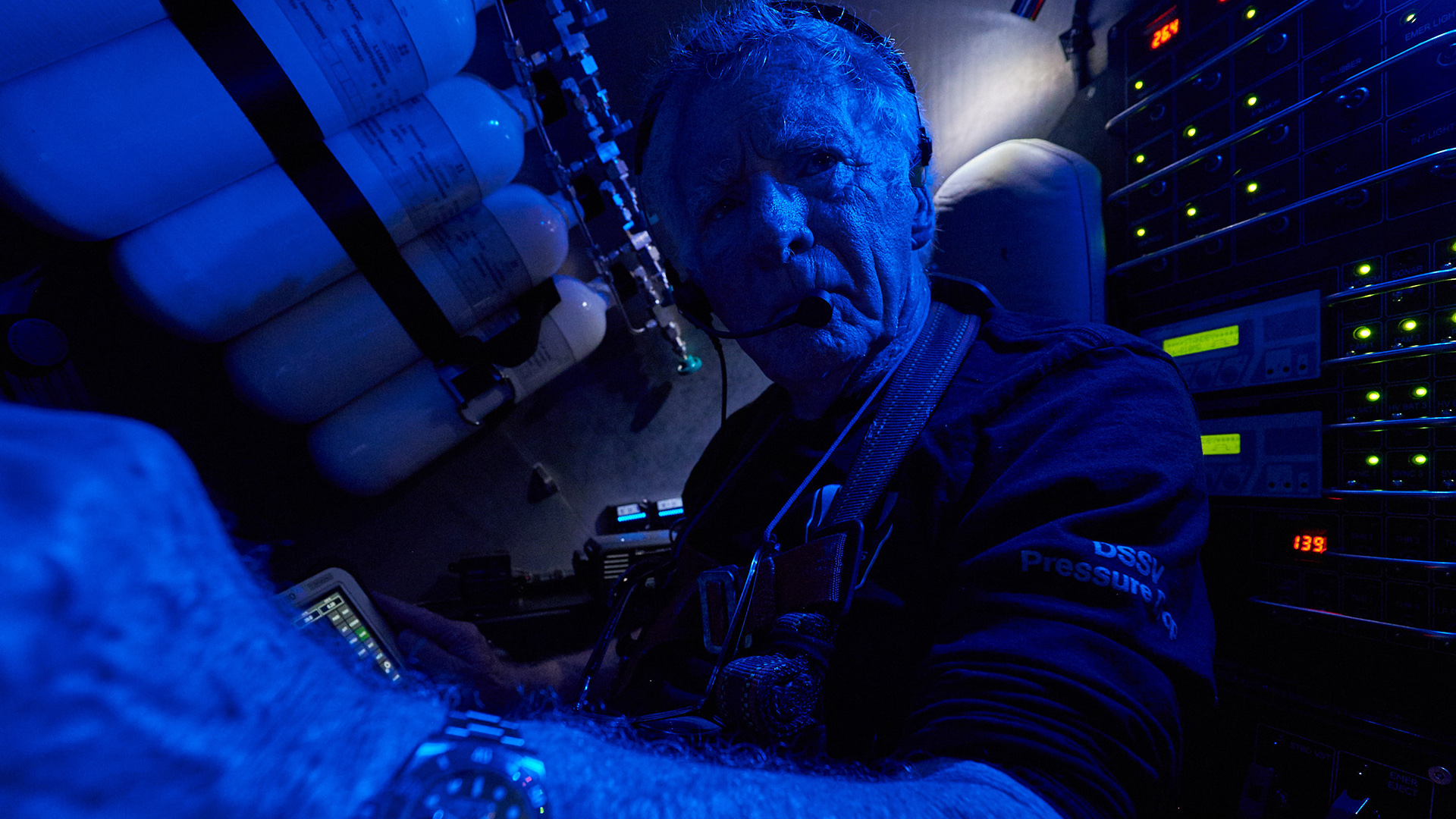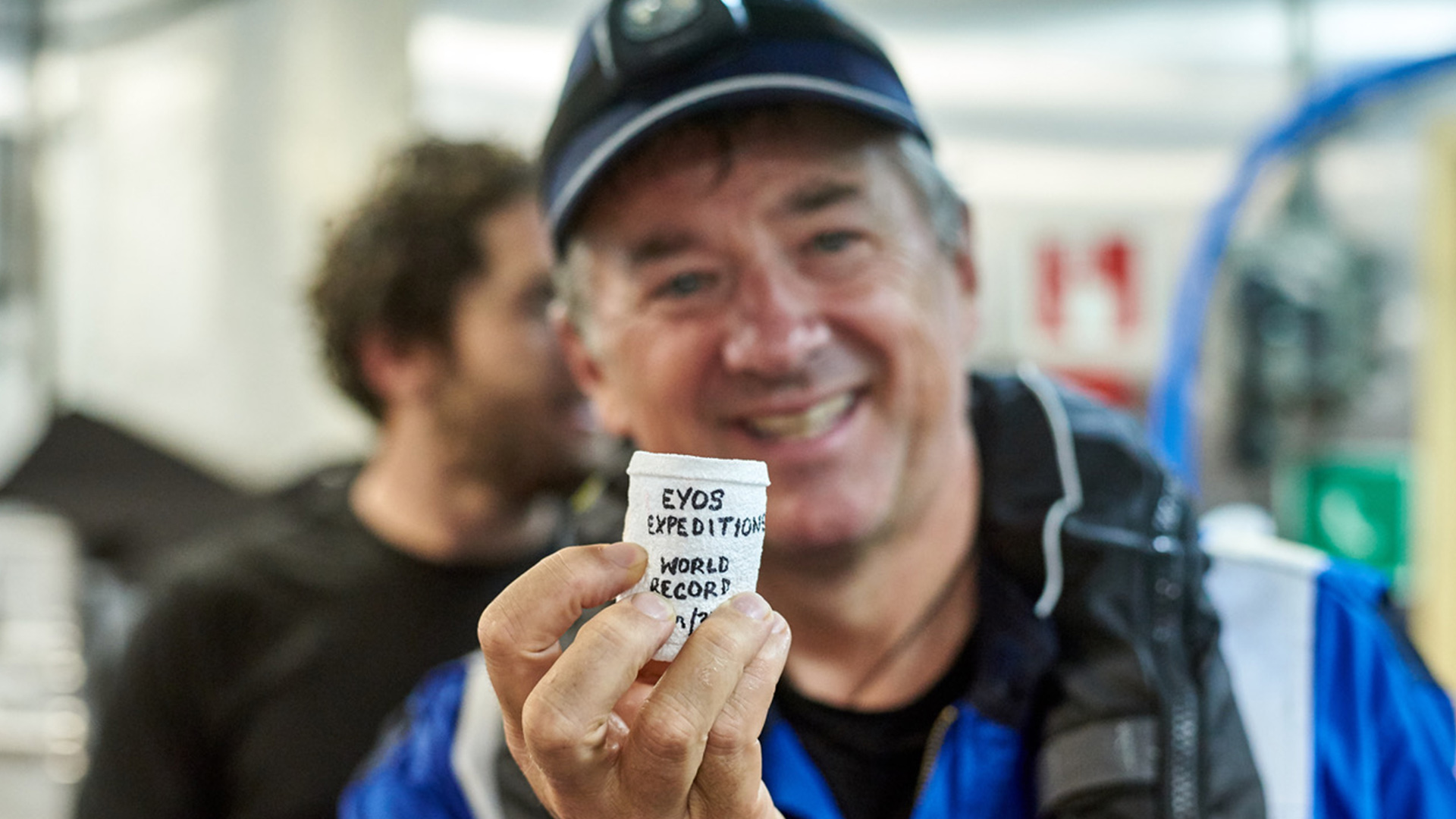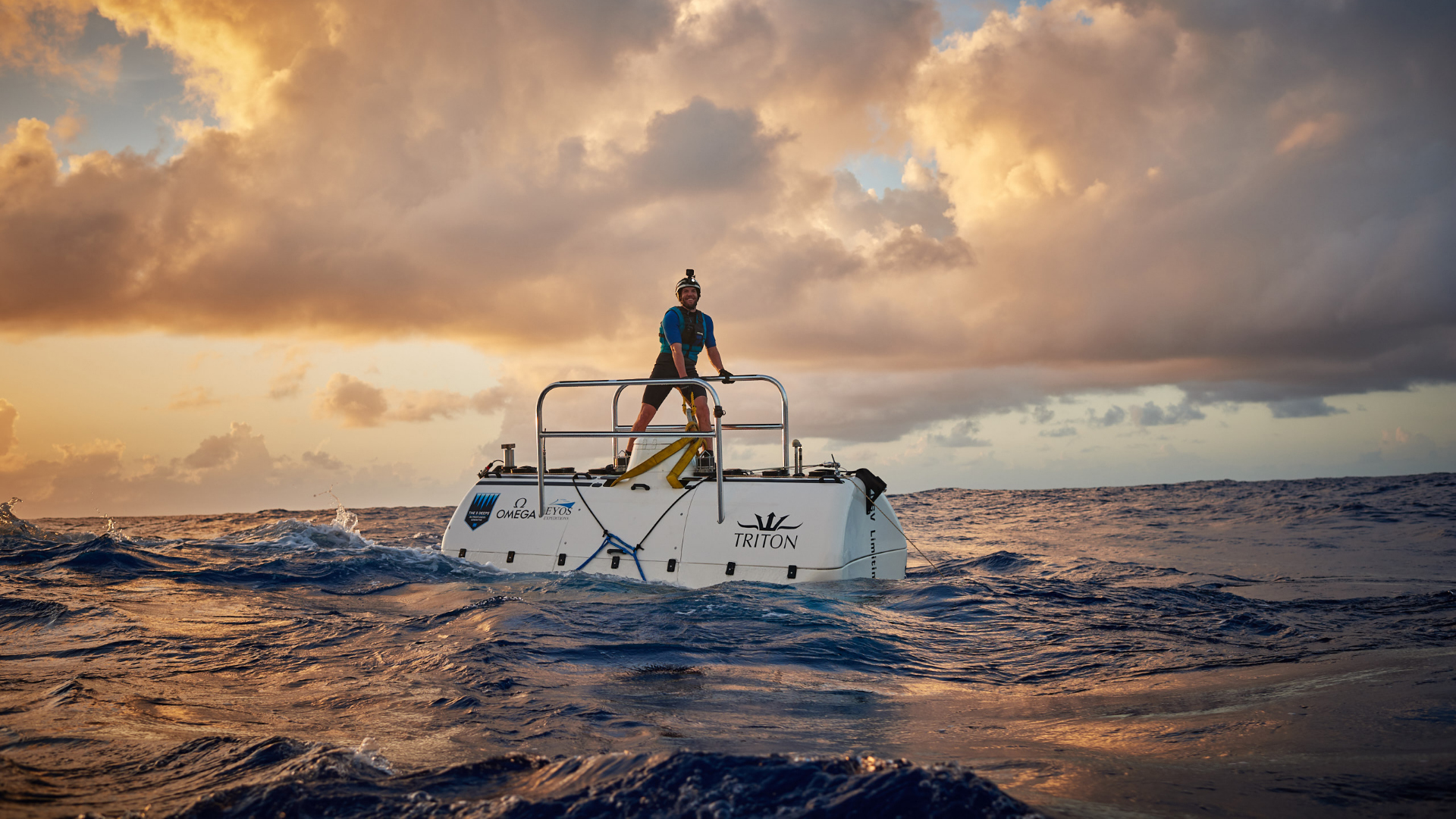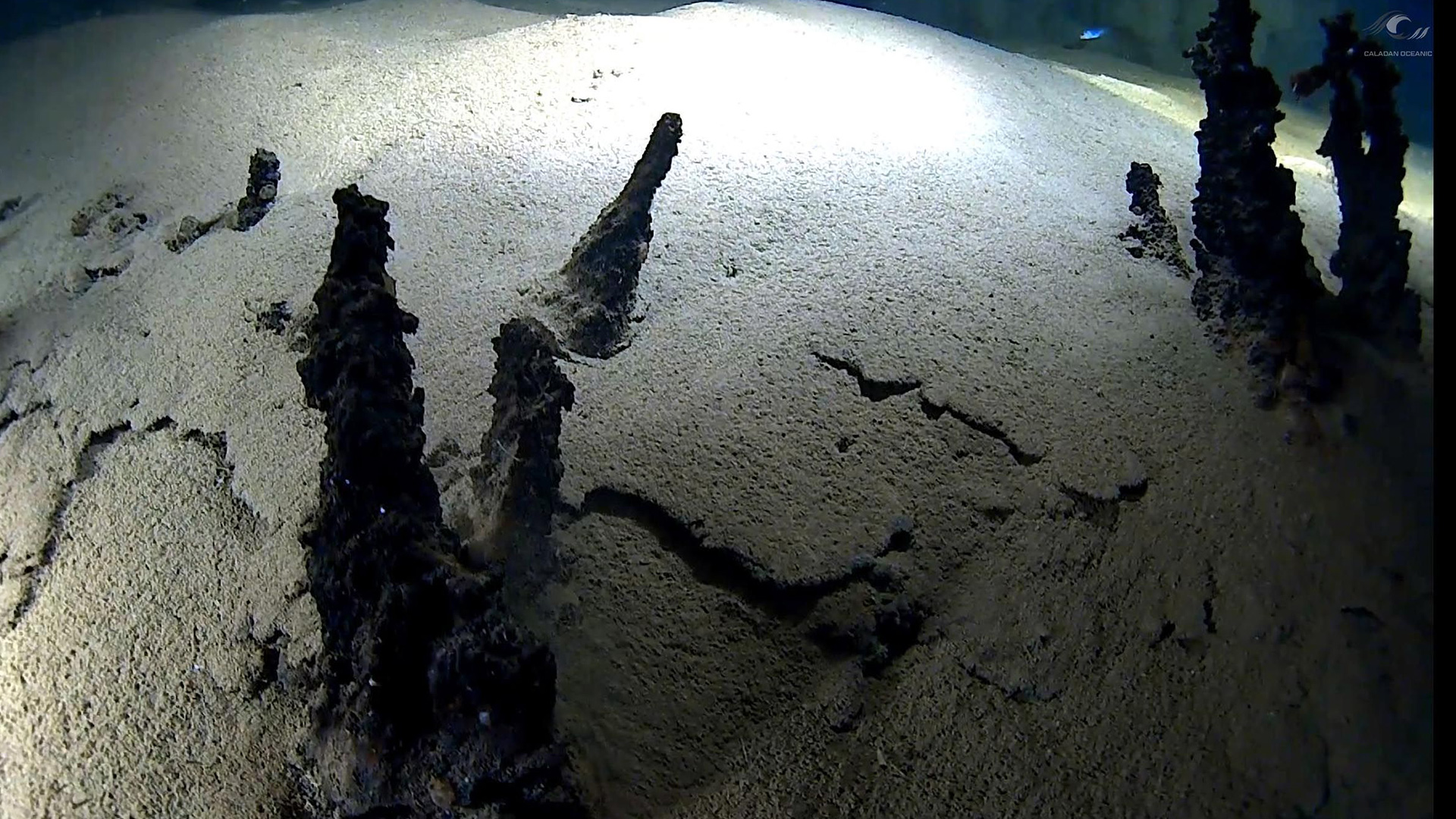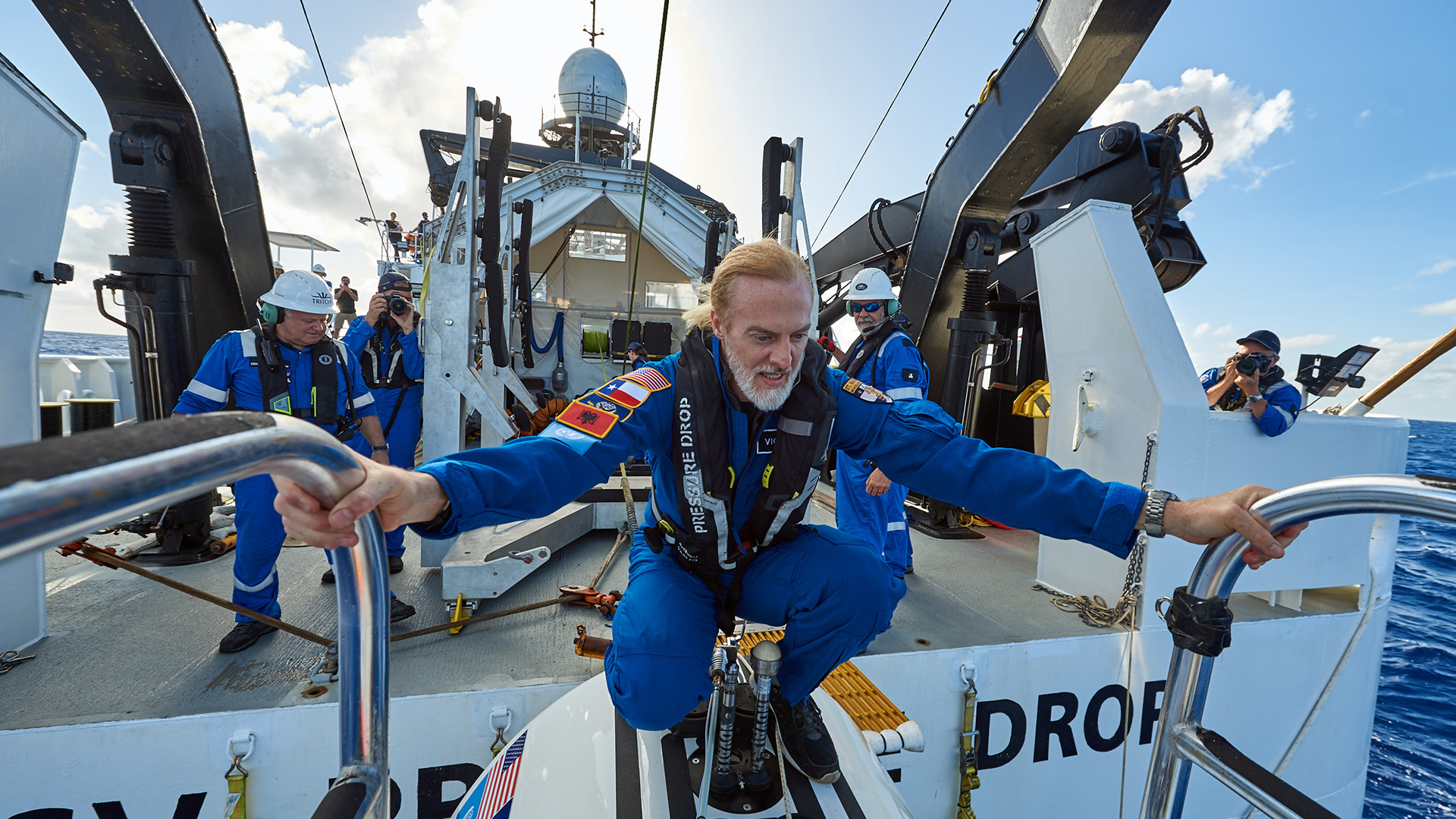Journey with us to the deep and explore some of the discoveries we have made through our team’s logistical support and expertise.
EYOS has an unmatched deep-sea experience. For over two decades, our team has used their combined experience to manage highly complex operations: multiple dives to the Titanic, and her sister wreck, Britannic; scientific surveys on deep-sea hydrothermal vents; the globe-spanning, year-long Five Deeps Expedition, celebrated by worldwide scientific communities as the most ambitious in history. Along the way, we have encountered otherworldly scenes, accessible only through years of planning without any roadmap, template, or recipe to follow. Journey with us to the deep to see some of the discoveries we have made.
RMS Titanic
On April 15, 1912, the RMS Titanic sank into the icy waters of the North Atlantic, just four days into her maiden voyage. Now lying almost 4,000 meters down in frigid -1°C water, the wreck is being slowly consumed by the strong currents that flow through here. EYOS has shared history with the famed wreck. EYOS Co-Founder Rob McCallum has led 7 expeditions to this historic site, diving it himself in 2005. When asked about the dive, he tells us that “the Titanic is one of the most iconic and exclusive destinations on Earth. She is very difficult to reach because the logistics of working at 12,500ft while 370 miles offshore are challenging. A lot of people would like to do it, but diving on the Titanic is a complex and difficult undertaking that requires the utmost preparation and precision.” But once through this gauntlet of open ocean and deep sea conditions, a powerful and historic scene presented itself.
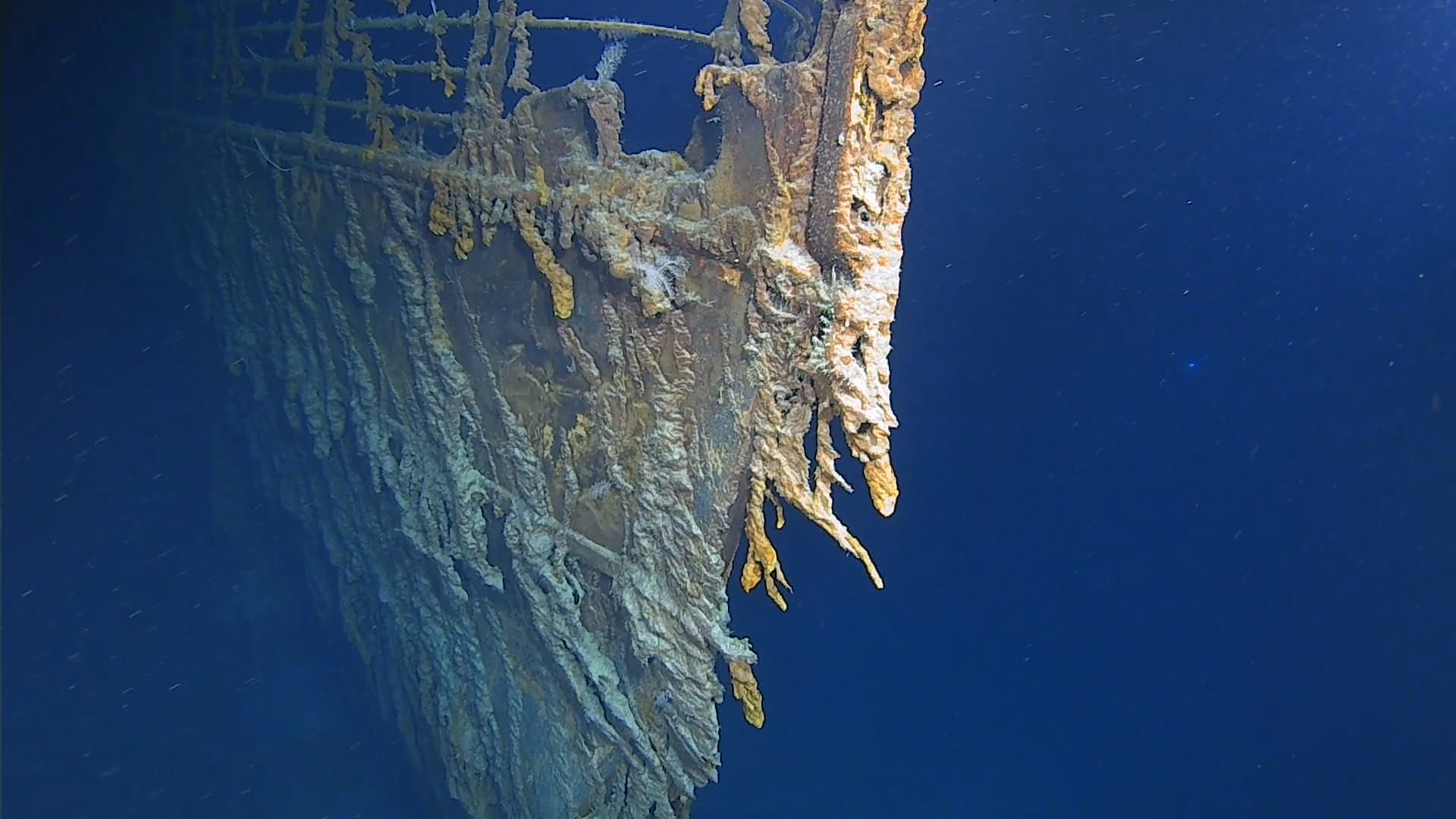
Deep Sea Tectonic Activity
On July 20th, 2022, on an expedition led by Rob McCallum of EYOS Expeditions and technical partners Triton Submarines, explorer Victor Vescovo of Caladan Oceanic completed the first-ever human descent to the deepest points of both the Yap and Palau trenches. Victor was joined by Master Navigator Sesario Sewralur of Micronesia for the Yap Trench dive, and then Former President of Palau, Thomas Rememngesau for the Palau Trench dive. Both trenches were mapped in detail using the craft’s onboard multibeam sonar system. The maximum depth recorded at the lowest point reached in the Yap Trench was 8,929 meters +/- 9 meters and in the Palau trench, 8,027 meters +/- 9 meters. High vertical walls in both trenches were encountered where the Caroline tectonic plate is slowly being subducted under the Philippine plate. All collected data and samples were shared with the local communities as well as other international ocean research centers. Separately, the ship and team continued mapping the seafloor to support the GEBCO 2030 initiative to map the entire seafloor by the year 2030.
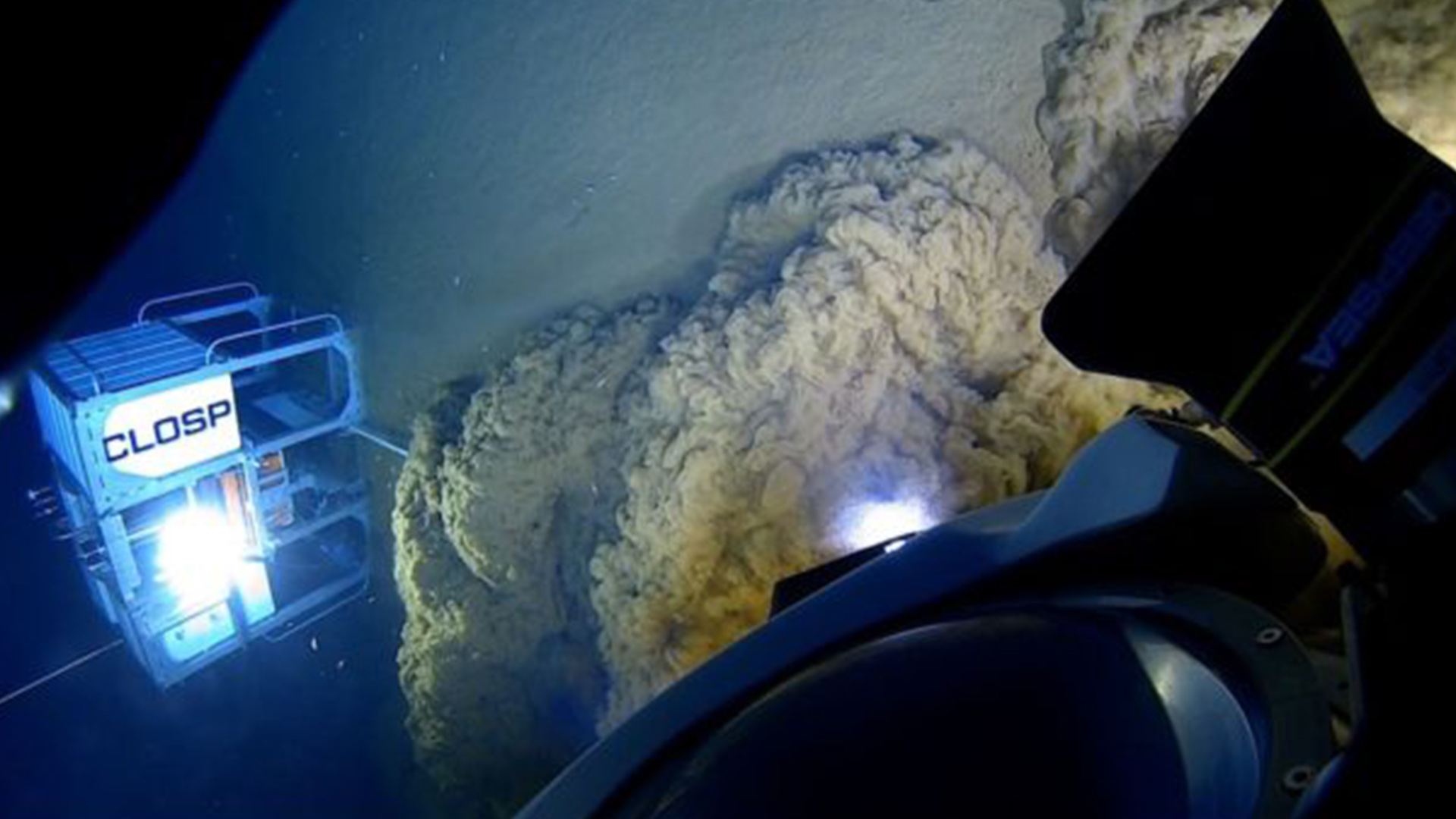
Deepest Fish
8,336 meters down in the Izu-Ogasawara Trench, the deepest fish ever caught on camera was filmed via an autonomous lander. This was a two-part EYOS-led expedition staged out of Japan, with EYOS handling the logistical planning and tactical management. The dives conducted during these two expeditions are of immense scientific value, and part of a long suite of science-based expeditions. This was just one of many dives that were part of EYOS-supported ocean science in all 5 oceans and at all depths, from the surface to 36,000ft (11 km).

USS Destroyer Escort Samuel B Roberts
June 22, 2022, marked the discovery of the wreck of USS Destroyer Escort Samuel B. Roberts, known colloquially as the “Sammy B.” Pilot Victor Vescovo, with sonar specialist Jeremie Morizet of France, dove and located the complete wreck from bow to stern – although broken into two pieces separated by about 10 meters – resting on a slope at a maximum depth of 6,895 meters. This made the USS Samuel B. Roberts the deepest wreck ever identified and surveyed, surpassing by 426 meters the depth of the USS Johnston (6,469 meters), achieved by pilot Vescovo the year before.
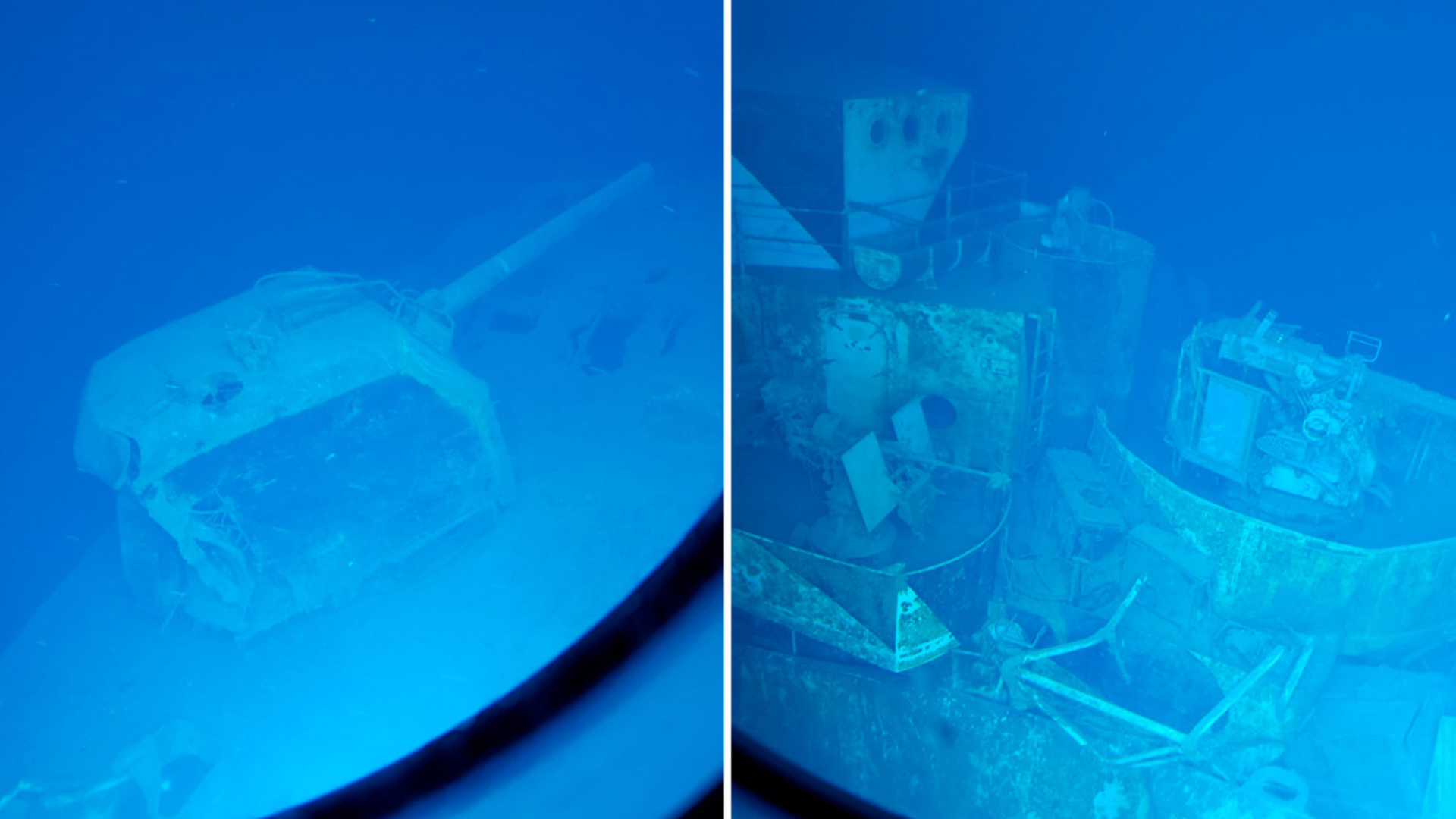
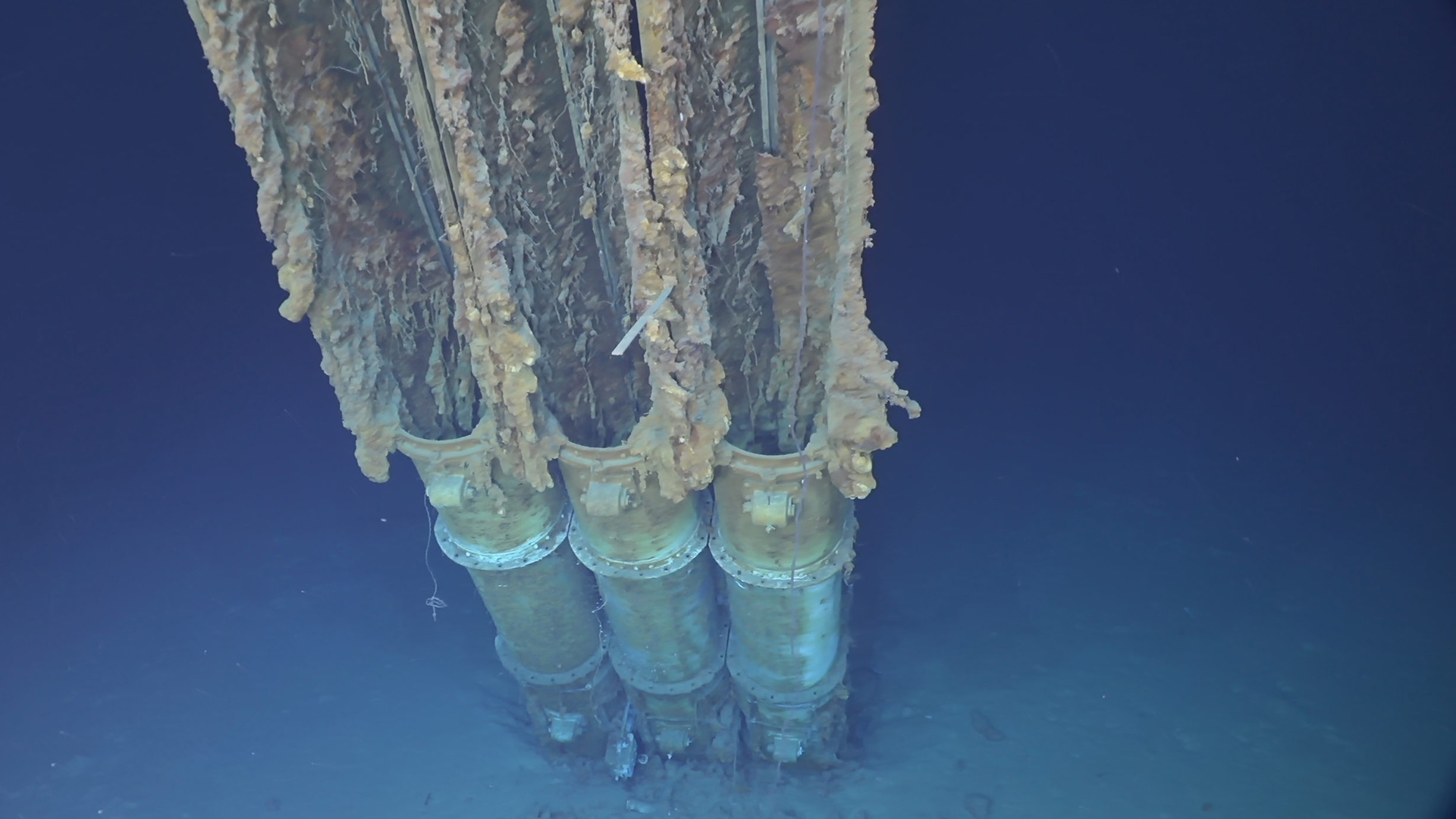
The (Absolute) Bottom of the Ocean
There have only been 3 three manned expeditions to the deepest part of the ocean. In the summer of 2019, EYOS and the Five Deeps Expedition became the third, joining the ranks of Lt. Don Walsh (currently a member of the EYOS Advisory Board) and Jacques Piccard (1960) and James Cameron (2012). Our expedition included nearly 20 dives to the Trench, including a dive manned by EYOS Co-Founder Rob McCallum and the first commercial, fare-paying guests. Each dive took up to 14 hours, with the 7+ mile descent requiring over 4 hours. The expedition reached a maximum depth of 10,928 meters/35,853 feet deep, 16 meters/52 feet deeper than any previous manned dive and the divers spent up to 4 hours on the seafloor, where they were able to explore Earth’s most exclusive destination and film some of the most extraordinary species on the planet. Then, they began the slow descent from the unknowns of the hadal zone back to the surface, bringing with them groundbreaking discoveries.
